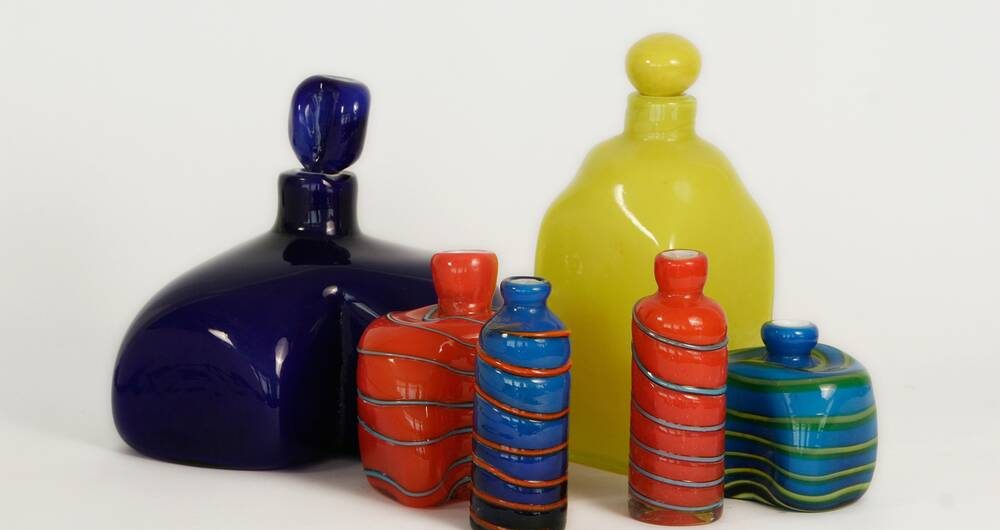Tehran (Shishegari) Blown Glass Art
The artisanal glass industry has a long history in Iran, and researchers date the antiquity of this artistic production to 2000 BC. In fact, the materials discovered in the Ziggurat of Choga Zanbil in Susa, Lorestan, Persepolis and other regions of Iran have shown their claim.
The different glass transformation methods are: blowing, molding, laminating and spinning. To produce glass using the blowing technique, raw materials are poured into a furnace to melt them and, once completely melted, the craftsman dips a type of rod, called Dam, into the molten glass while spinning it by wrapping it around one end. of the torch, which results in a small bubble called “the first ball.” In the next step, another piece is removed from the oven by wrapping it around the first ball. The craftsman creates the desired shape by forming the ball with the appropriate tools, including scissors to cut the rows of molten glass. The carved pieces are then kept in a chest with a temperature of 45-55 ° C to cool down.
As for blown glass objects, the variety is immense including decorative objects such as chandeliers, vases, mirrors, windows, bowls, amphoras and jugs.



Comments